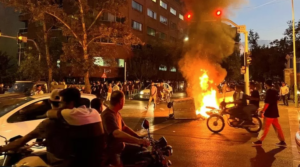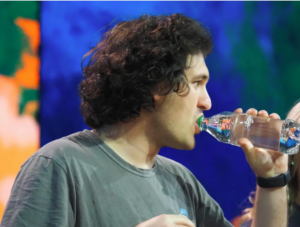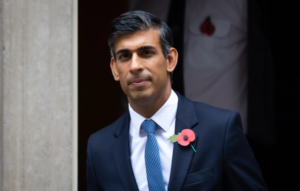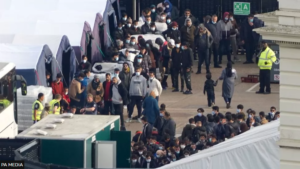Ukrainians flee their homes where have they gone?
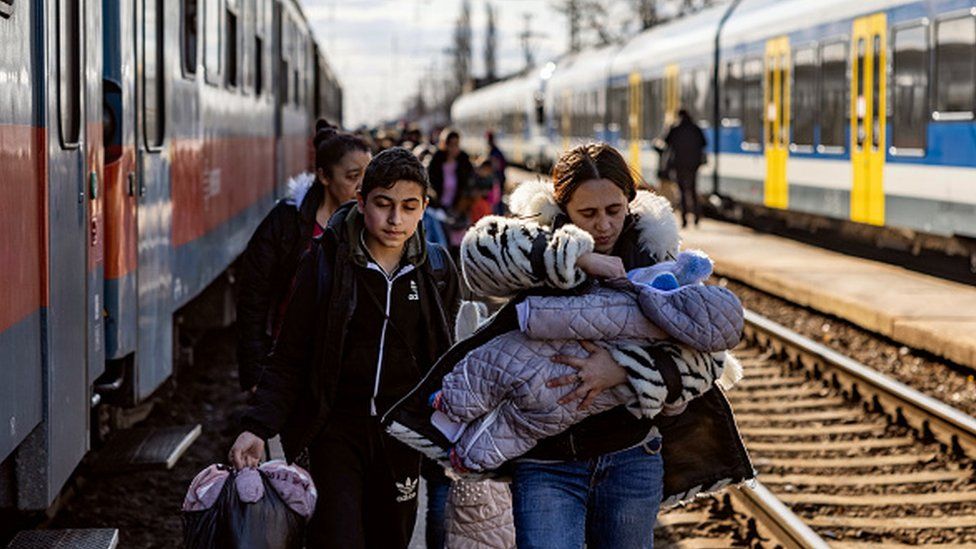
Ukrainians
Ukrainians Refugees don’t need all their official documents, but it is helpful if they can provide identification cards or passports, birth certificates of children travelling with them and medical documentation.
To get refugee status, they need to be Ukrainian citizens or people legally living in Ukraine, such as foreign students.
There have been reports of people from African countries being prevented from leaving Ukraine.
What help are countries offering refugees?
In countries bordering Ukraine, refugees can stay in reception centres if they can’t stay with friends or relatives. They are given food and medical care, and information about onward travel.
The EU has granted Ukrainians who flee the war a blanket right to stay and work throughout its 27 member nations for up to three years.
They will also receive social welfare and access to housing, medical treatment and schools.
The government of Poland, which has received the highest number of refugees, has said it will need more money than the EU is currently offering in order to host the number of people arriving there.
Moldova, which has the largest concentration of refugees per capita, has also appealed for international help in dealing with the numbers arriving.
Where are people fleeing inside Ukraine?
Ukraine’s Deputy Prime Minister, Iryna Vereshchuk, warned people in the east of the country to evacuate ahead of the latest Russian assault, or risk their lives.
It’s not clear how many people were able to leave.
The UN’s 6.5 million figure is based on research carried out by the International Organisation for Migration (IOM) between 9 and 16 March.
The actual total is likely to have increased in the subsequent weeks.
Of the 2,000 internally displaced people the IOM surveyed:
- nearly 30% had come from Kyiv, more than 36% had fled from the east of Ukraine and 20% had come from the north
- nearly 40% were now in the west of Ukraine, with less than 3% in Kyiv
- only 5% had left their homes in anticipation of the invasion, with the vast majority fleeing either at the start of the war or when it reached their area
The IOM estimates that more than half of the people who are internally displaced are women, and many are deemed particularly vulnerable because they are pregnant, have a disability or are a victim of violence.
What is being done for refugees within Ukraine?
The UN, which is working alongside other organisations to provide help to people in Ukraine, says it is offering humanitarian assistance “wherever necessary and possible”. This includes:
- giving cash to people for basics like food and rent
- delivering supplies from west to east, including food and tarpaulins for homes damaged by shelling
- providing folding beds to people in bomb shelters
- setting up reception and transit points for internally-displaced people
About 12 million people are also thought to be stranded or unable to leave areas affected by the fighting.

